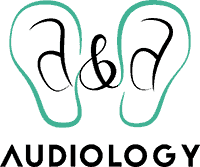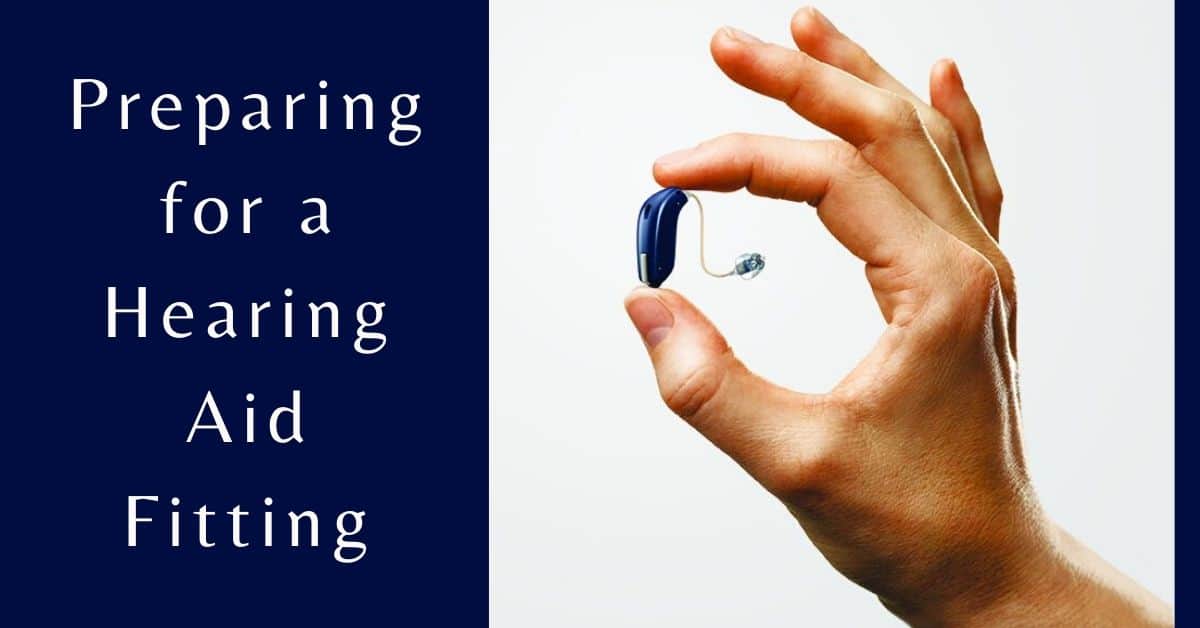- The Connection Between Hearing Loss and Dementia - July 30, 2024
- The Advantages of Rechargeable Hearing Aids - July 16, 2024
- How to Enjoy Music Festivals While Protecting Your Hearing - July 3, 2024
Preparing for a hearing aid fitting is the exciting last phase towards significantly improving your hearing health! This means that you have probably had your hearing assessed and established the most effective treatment option with a hearing healthcare specialist. The next and final step of this process is scheduling an appointment to fit your hearing device. The purpose of this appointment is to:
- Ensure the hearing aids fit
- Learn and practice inserting and removing
- Make sure the settings are programmed to meet your hearing needs
- Learn about how to best care and maintain device
The goal is to make sure that you are knowledgeable and feel comfortable using your new device! Walking through how to use your hearing aid and receiving new information can be overwhelming. There are a few ways you can best prepare for this appointment so that you are fully ready!
1. Leave Plenty of Time
Going into the appointment, you want to make sure that you set aside enough time to thoroughly learn about and practice using your hearing aid. This appointment is like a tutorial so it is important to have enough time to absorb the information and ask the questions you have. The last thing you want is to rush through this critical information!
This is your time to have an in-depth conversation about your hearing device with a hearing health expert and leaving plenty of time allows you to really maximize this appointment.
2. Prepare Questions
Doing some initial research prior to the fitting can be really useful. This can help you prepare questions to ask during the appointment. It can be difficult to come up with (or remember) questions during an appointment because you’re taking in so much information so doing this in advance is important! A few common questions include:
- Are there activities I can’t do while wearing a hearing aid?
- How long do the batteries last?
- Where should I store the device when I’m not wearing it?
- How long does it take to adjust?
- What are the best ways to clean this device?
- How do I go about any repairs that need to happen in the future?
Remember that this is your time to really learn as much as you can and the hearing healthcare expert is there to share their knowledge with you! So do not hesitate to ask away!
3. Bring Family Member or Friend
Digesting so much information in one setting can be a little stressful. Bringing a family member or friend with you to this appointment can be helpful! Having someone else with you can help you be more comfortable and less anxious. This person can also learn about your hearing aid and absorb the information being shared, alleviating any pressure you may feel to learn and remember everything on your own! This person can be a resource for you later if you need assistance or have trouble remembering certain details about your device. Also, it is important to be supported through this journey and for others to be involved!
4. Take Notes
Lastly, another useful way to digest and retain the information shared during this appointment is to take notes! You will receive instructions on how to use your hearing aid but it is also beneficial to note the tips and advice the healthcare specialist shares with you. You can also write down the answers to the specific questions you asked which allows you to refer back to this information anytime!
A hearing aid fitting is a critical and exciting time! You want to make sure that you are fully prepared to dive right into the information and training that will best serve you moving forward. Again, this is your time to thoroughly discuss your hearing needs and ensure that your new device is prepped to meet those needs.
Remember that there is an adjustment period with hearing aids, it takes practice and time for your ears and brain to become familiar and comfortable integrating this new device! Maximizing this time to really become informed and comfortable with your new device can drastically help you transition to better hearing with greater ease.

